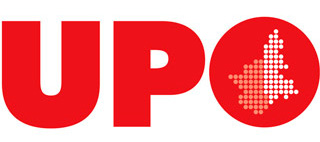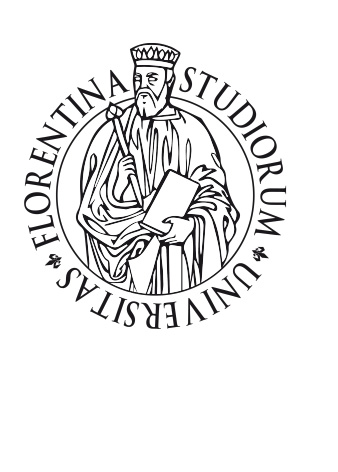Dutch adnominal morphology in the Gouden Eeuw: what Hollandic recipes and private letters can tell us
Abstract
ABSTRACT: La morfologia del neerlandese contemporaneo è il risultato di un profondo mutamento diacronico. Oggigiorno il sistema dei casi è pressoché scomparso e il sistema tripartito di genere (maschile vs. femminile vs. neutro) di origine indoeuropea è ridotto alla distinzione tra genere comune e genere neutro. La sempli cazione morfologica, già in atto nella fase media, fu rallentata e, in parte, ostacolata dal processo di standardizzazione linguistica promosso dai grammatici del sedicesimo e diciassettesimo secolo nel tentativo di conferire prestigio alla lingua neerlandese usando il Latino come modello. Le norme prescritte dalle grammatiche proto-moderne sembrano descrivere un sistema arti ciale, un modello da seguire, e non la lingua come era effettivamente in uso al tempo. Un’analisi condotta su un libro di cucina e un campione di lettere private risalenti alla seconda metà del diciassettesimo secolo non soltanto conferma una sempli cazione morfologica molto più rilevante rispetto a quanto descritto nelle grammatiche e nei trattati del tempo, ma anche vari gradi di sistematizzazione e convergenza strutturale nella lingua formale e informale, indicando le possibili vie che hanno condotto alla graduale sempli cazione del sistema originario.
ABSTRACT: Dutch morphology has undergone a deep restructuring over time. Nowadays cases have gone lost and the original tripartite gender system has been simpli ed into a binary one where masculine and feminine have con ated into common gender. Already in Middle Dutch the morphological system was largely under pressure, but the simpli cation was at least in part hidden by the standardization process and the attempts made by sixteenth and seventeenth century grammarians to restore the original system. As a matter of fact, linguistic accounts on medieval Dutch describe a morphological system which is equal to or even simpler than early modern grammars. In the sixteenth and seventeenth century, attempts were made to give Dutch the status of a prestigious language, on the base of the Latin model. Accordingly, Early Modern Dutch grammars are commonly assumed to describe an arti cial language and not the actual system as it was used by people in written and, presumably, in spoken form. An analysis carried out on a cookbook and a selection of private letters dating back to the end of the seventeenth century does not only con rm a stronger morphological simpli cation than assumed in contemporary grammars, but also recurring patterns in public and private written language, proving variable degrees of systematization in (formal and informal) language usage.
Keyword
Full Text
PDFRefback
- Non ci sono refbacks, per ora.
Copyright (c) 2017 Medioevo Europeo

This work is licensed under a Creative Commons Attribution-ShareAlike 4.0 International License.


